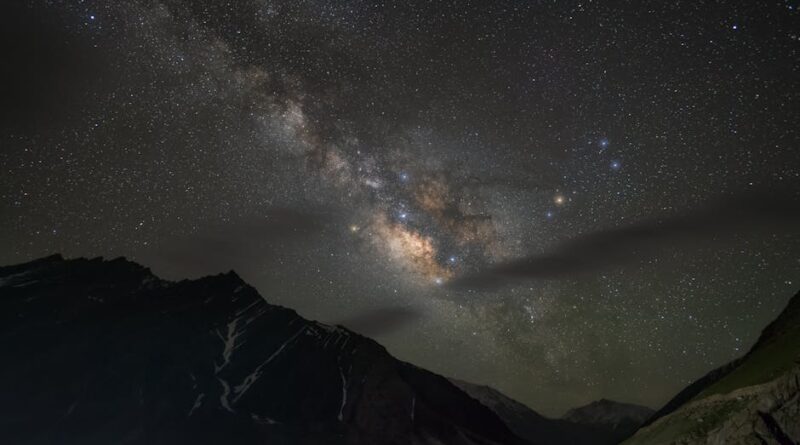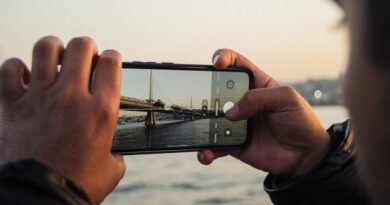Using Natural Light for Breathtaking Images
Have you ever seen a stunning photograph and wondered how the photographer achieved that magical look? Often, the secret lies in using natural light. It can transform an ordinary scene into something extraordinary. In this article, well explore how to harness natural light for amazing images that pop.
What Makes Natural Light So Special?
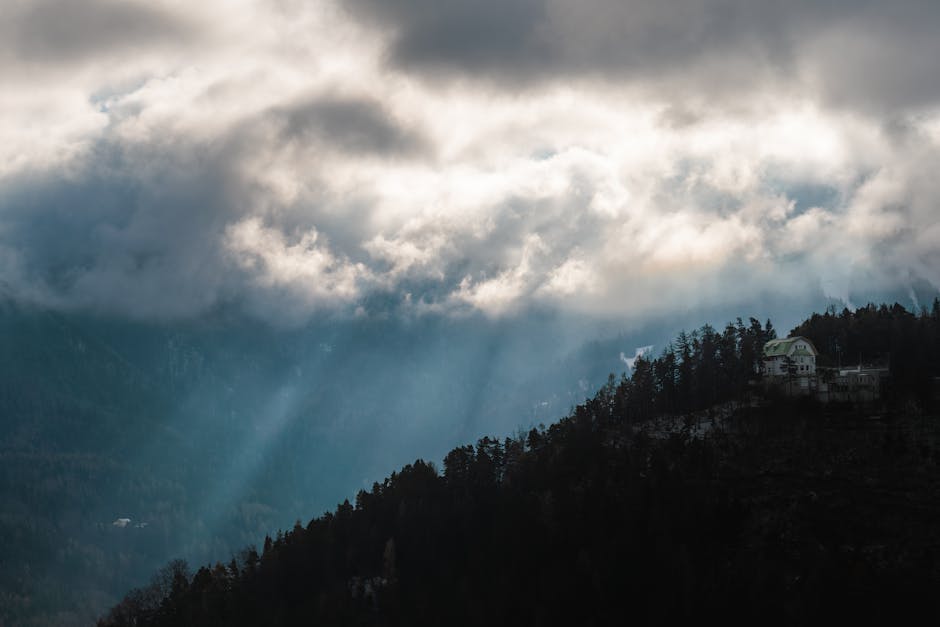
Natural light can create mood and depth in your photos. It changes throughout the day, offering different qualities and colors. For example, early mornings and late afternoons bring a warm, golden glow. This light makes everything look more appealing.
According to a study by the International Journal of Photography, images taken in natural light get more likes and shares on social media. This suggests that people are drawn to the beauty that natural light can provide.
When Should You Shoot with Natural Light?

Timing is everything in photography. Natural light shifts throughout the day. Knowing when to shoot can make a huge difference.
- Golden Hour: This is the hour after sunrise and the hour before sunset. The light is soft and warm.
- Blue Hour: This happens just before sunrise and after sunset. The sky turns a deep blue, creating a magical atmosphere.
- Overcast Days: Cloudy skies act like a giant softbox. The light is diffused, reducing harsh shadows.
Each of these times brings a unique quality to your images. Experiment with different times to see what you like best!
How Do You Find Good Natural Light?
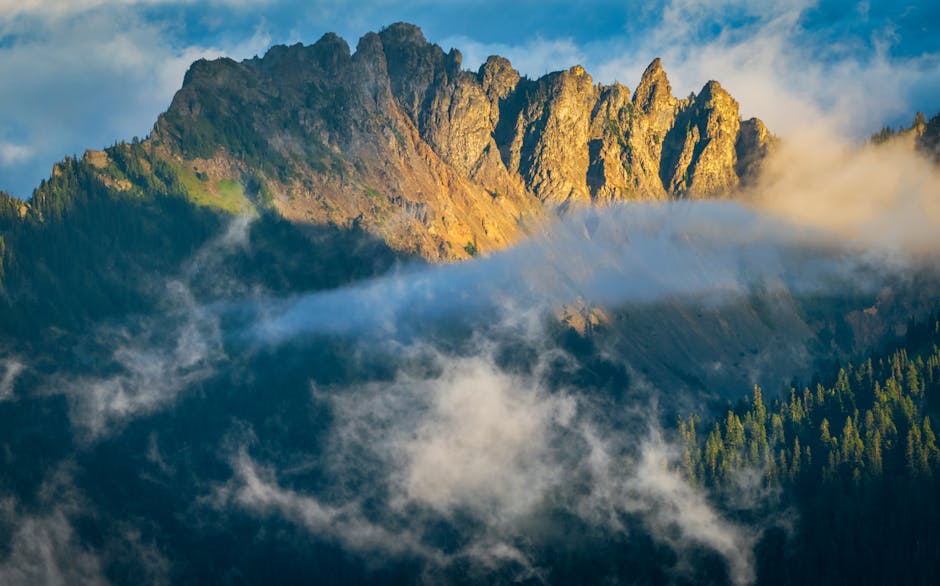
Finding good natural light can be simple if you know where to look. Here are some tips to help you out:
- Look for Shade: If the sun is too harsh, find some shade. This will soften the light and reduce glare.
- Use Reflectors: A simple white or silver surface can bounce light back onto your subject, enhancing their features.
- Utilize Windows: Shooting indoors? Position your subject near a window. The light will create beautiful highlights.
Keep your eyes open for interesting light patterns. You might be surprised by what you find!
What Are the Different Types of Natural Light?
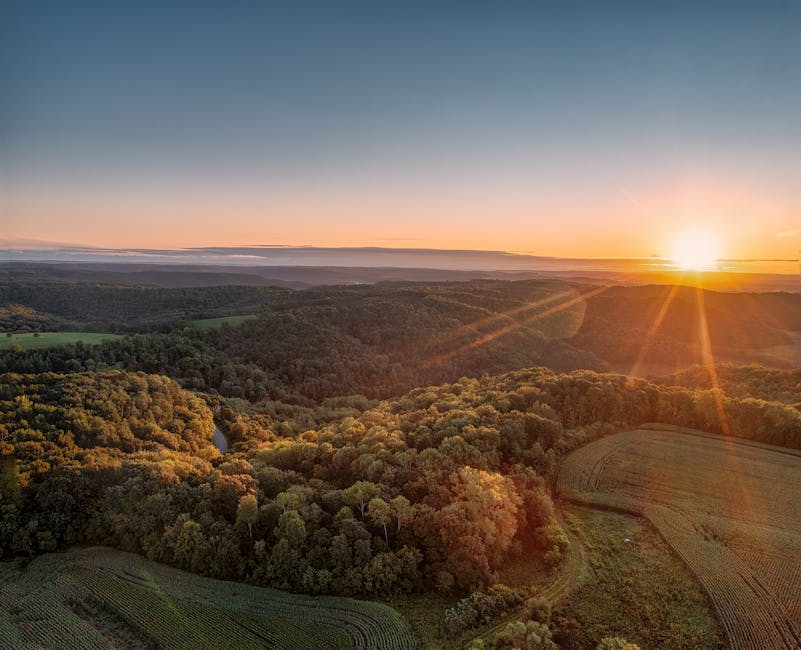
Natural light can be categorized in a few ways. Understanding these types can help you choose the right one for your images.
- Hard Light: This creates sharp shadows and bright highlights. it’s great for creating dramatic effects but can be harsh if overused.
- Soft Light: This light is diffused and gentle. it’s perfect for portrait photography as it flatters skin tones.
- Backlight: This occurs when the light comes from behind your subject. It can create a glowing effect and add depth to your images.
Each type of light has it’s strengths. Try mixing them up to find your style!
How Can You Manipulate Natural Light?
You don’t have to accept natural light as it is. You can manipulate it to get the results you want. Here are some techniques:
- Change Your Angle: Move around your subject to see how the light changes. Sometimes a slight shift can make all the difference.
- Use a Lens Hood: This helps block unwanted light, reducing glare and contrast.
- Adjust Your Settings: Use your cameras settings to adapt to the light conditions. Lower ISO settings work well in bright light, while higher ISO may be needed in dim conditions.
Play around with these techniques to see what works best for you!
What Are Common Mistakes to Avoid?
Even experienced photographers can make mistakes when shooting in natural light. Here are some pitfalls to avoid:
- Shooting in the Harsh Midday Sun: This can create unflattering shadows. Aim for the golden or blue hours instead.
- Ignoring the Background: The background can distract from your subject. Ensure it complements rather than competes.
- Forgetting to Adjust Your Camera Settings: If the light changes, be ready to adapt your settings to maintain image quality.
Being aware of these mistakes can help you become a better photographer!
Can You Use Natural Light Indoors?
Absolutely! Indoor photography can be just as stunning with natural light. Heres how to make the most of it:
- Position Near Windows: Use window light to your advantage. it’s soft and flattering.
- Use Curtains: Sheer curtains can diffuse harsh light, creating a softer effect.
- Change Your Settings: don’t forget to adjust your ISO and shutter speed based on the light you have.
Indoor natural light offers a unique charm. don’t hesitate to explore this option!
What Gear Do You Need for Natural Light Photography?
You don’t need fancy equipment to capture beautiful images with natural light. Heres a simple list of gear that can help:
- Camera: A DSLR or mirrorless camera is ideal, but even smartphones can produce great results.
- Tripod: This is useful for low-light situations to keep your camera steady.
- Reflector: As mentioned before, this can help bounce light onto your subject.
With just a few basic tools, you can start capturing stunning images!
How to Practice Your Natural Light Photography Skills?
Practice makes perfect. Here are some fun ways to improve your skills:
- Daily Photo Walks: Take a stroll around your neighborhood and capture whatever catches your eye.
- Experiment with Different Times: Try shooting at different times of day to see how the light changes.
- Join a Photography Group: Learning from others can provide new insights and techniques.
These activities will help you become more comfortable with natural light.
What Are Some Final Tips for Using Natural Light?
Using natural light can be a game changer for your photography. Here are some final tips to keep in mind:
- Be Patient: Wait for the right moment. Sometimes the best light takes time to reveal itself.
- Trust Your Instincts: If you feel a shot is special, go for it!
- Review and Learn: After each shoot, look back at your images. What worked well? What can you improve?
Remember, the more you practice, the better you’ll get!
Conclusion: Capture Stunning Images Today!
Natural light offers endless possibilities for creating breathtaking images. Experiment with different times, angles, and techniques. Remember to have fun and embrace the process. Your best photos are just a click away!
Ready to dive in? Grab your camera and start exploring the beautiful world of natural light photography today!
For more tips on photography, check out our post on Photography Tips for Beginners. Happy shooting!
